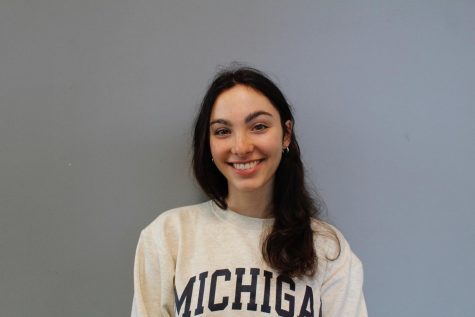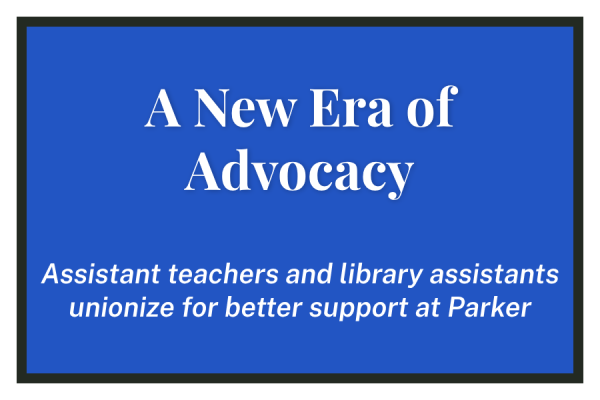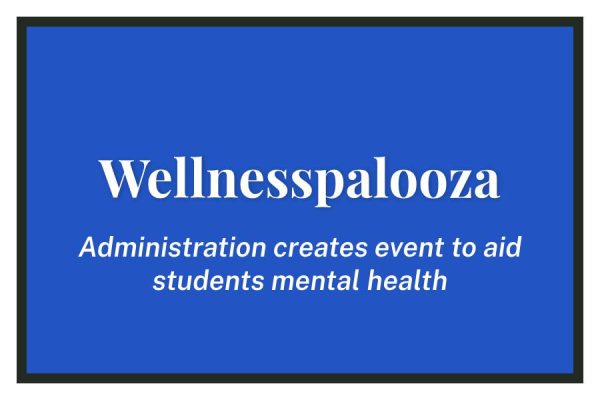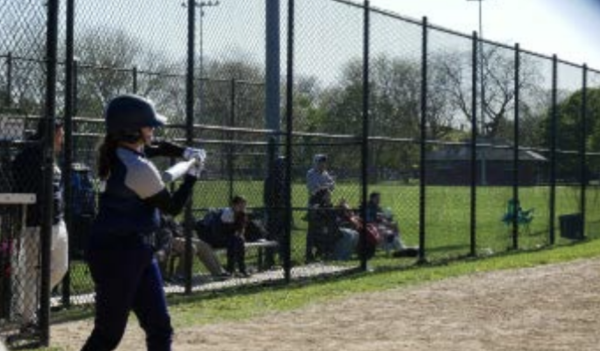Chamber Music Society of Lincoln Center
Parker’s Inaugural Visiting Artist
The stage was dark, slivers of light illuminating a brown wooden cello and sleek violin, when American-born violinist Sean Lee and Romanian-born cellist Mihai Marica took their sturdy bows and played the first strong notes. For the next two hours, chamber music filled the auditorium, loud and bold one moment, mellow and soft the next.
Parents and students alike crowded into the Diane and David B. Heller Auditorium to watch the music performance of the Chamber Music Society of Lincoln Center on Monday, January 22.
The audience welcomed CMS as Parker’s inaugural visiting artist. In addition to the performance at Parker, the Music Society also performed on December 20 and January 17 at the Harris Theater in downtown Chicago. With the help of Co-Head of the Music Department Kingsley Tang, Parker established the Joan W. Harris Visiting Music Scholar in Residence program for this school year.
According to Tang, Principal Dan Frank formed a committee of interested alumni, parents, and other community two years ago.
“Dr. Frank started the initiative, and at a certain point he pulled me as Department Chair to start having a discussion about how this vision, the visiting artist, could apply to the Music Department at our school,” Tang said. “Two years ago we had discussions, and the Music Department has for a long time been reflecting and figuring out our philosophy for this project.”
Many aspects of the Chamber Music Society were appealing to Tang and other committee members. According to Tang, the committee wanted the first visiting music scholar to mirror the themes of this school year, and due largely to the part citizenship has played at Parker this year, one of the most important features of this year’s visiting scholar was the group’s dynamics.
“The musicians in the Chamber Music Society don’t normally work with a conductor,” Tang said. “It’s usually a group of musicians trying to figure out how to play a song without a conductor telling them what to do. Most orchestras you have conductors and in some ways, it works like a dictatorship on a professional level, because the conductor says, ‘This is what we’re going to play, here’s the tempo,’ and there’s no discussion.”
The Chamber Music Society is different. Musicians need to figure out the tempo amongst themselves, and being able to give someone constructive criticism is very important. Music Teacher Alec Synakowski agreed with Tang. “It’s one of the purest, rawest examples of music-making because it’s not up to one conductor to dictate them, it’s up to the community of democratic musicians for how the music will be shaped,” Synakowski said. “Watching how they use their bodies to direct the music when there is no conductor, watching how they make decisions together and grow and move together, they’ll lead the music together.”
Parent of junior Audrey Shadle, Monica Drane, had listened to the group that performed at Parker and was looking forward to seeing this difference in their performance. “Generally, there’s a closer connection between the audience and the performers,” Drane said. “It’s a little more of an experience, and I think it’s somehow more expressive because of that. You know they work really closely together, and it’s fun to watch the interaction among the performers.”
In response to questions from host Janey Choi, who led a conversation with the audience between each piece, Lee told the audience of his relationship with Marica, their musical partnership starting over six years ago. “When you’re playing together with someone in a chamber group, sometimes you find you have a really strong connection,” Lee said. “You start doing things together without even talking about it. It’s like you read each others’ minds.”
Between songs, Marica discussed his methods for making music. “It’s most important to me to be listening and responding,” he said. “Like working on a team, listening is one of the most important things about chamber music. It’s important to have a voice, but, whether leading or supporting, it’s like talking to a friend, and you want to make them feel good, listen and give them warmth. It’s how you make everyone feel nice.”
In addition to the Parker connection between their frequent performances at the Harris Theater and its major donor, Joan Harris Frank’s mother–Tang and other committee members were drawn to the alignment of CMS to Parker’s mission-focused goal.
According to their website, CMS is one of eleven parts of Lincoln Center for the
Performing Arts, the largest performing arts complex in the world. It hopes to draw people to chamber music “through performance, education and recording/broadcasting activities.”
“They’re concerned with a lot of things we’re concerned with for music,” Tang said. “Making music relevant, not wanting to just use music written hundreds of years ago, wanting musicians who represented different types of diversity, not only racial. Classical music has a history of being done majorly by Eurocentric Caucasian males. They’ve been trying to address this issue by bringing in different types of music, and that’s directly to our own philosophy at our school.”
Senior David Rothman, who regularly listens to chamber music, was impressed after their MX. “I listen to it more than I like to admit,” Rothman said. “It was really cool how they used the two strings to make two notes play at the same time.”
Sophomore Yaffe Green, a saxophonist in the Upper School Concert Band,also enjoyed the MX. “I liked how they explain the different parts of their instruments,” she said. “The melodies were really pretty, and I thought the two performers complimented each other.”
One of the reasons Rothman likes chamber music is the solid musical composition of each performance. “It’s able to be surprising and with structure,” Rothman said. “It’s easy to listen to.”
For Green, it reminded her of the reasons she started band. “Playing for band gives you a different expression,” she said. “It’s fun to play an instrument, and it shows you new things you can do with yourself.”
Synakowski encourages students to attend as many performances as they can to do just that, hoping that music is filled with opportunities and possibilities. “This is one of those possibilities, and this is one of the ways we help musicians grow,” Synakowski said. “Attending any kind of professional event is good–you’re going to glean something positive from that experience.”







